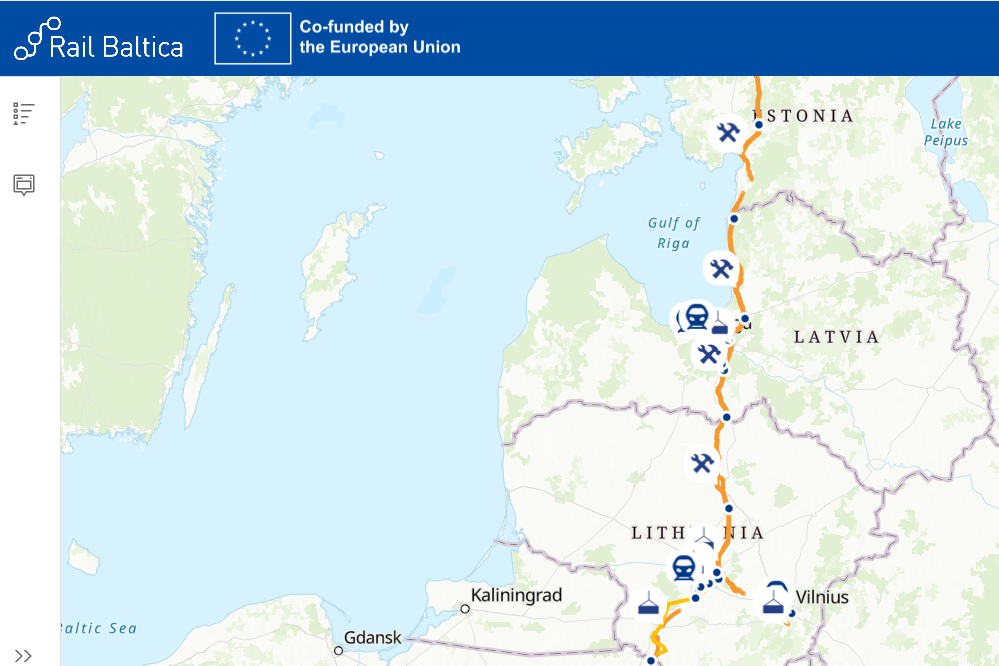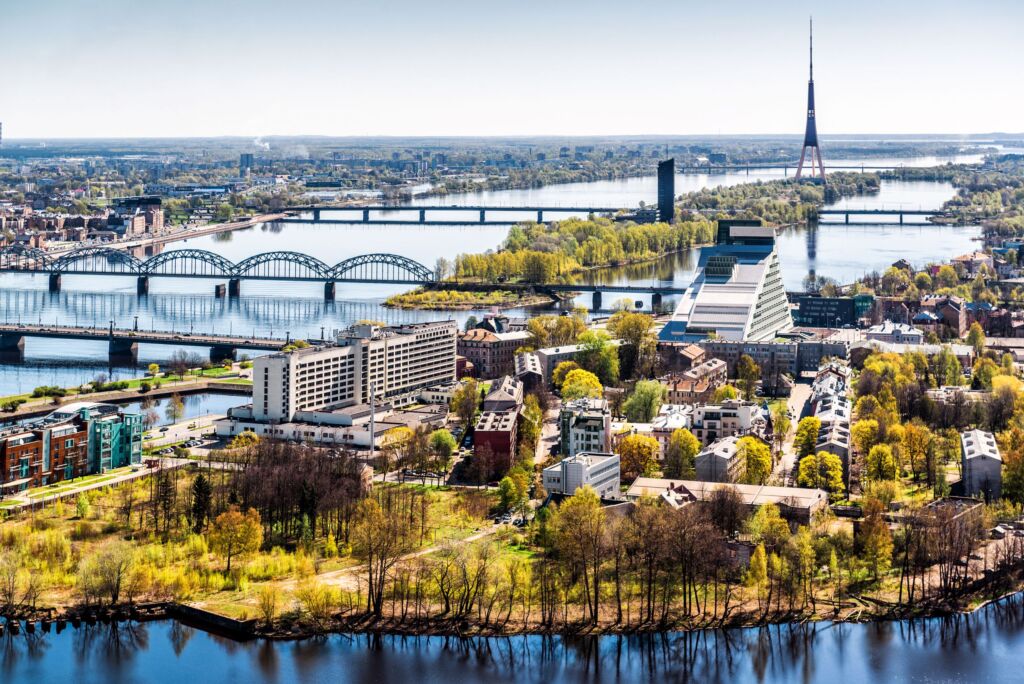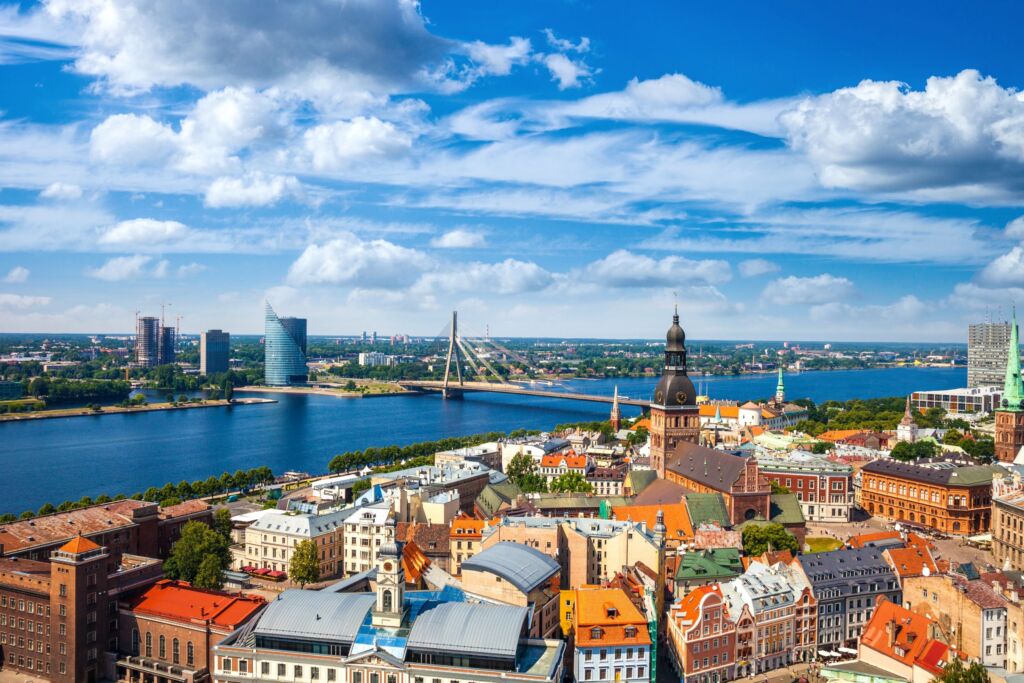As research into climate change continues, it only ever becomes clearer that greenhouse gases, waste products, and deforestation are all having a major effect on the welfare of our planet. And despite the rise in recycling rates and sustainable energy usage, we’re still far from our targets as a planet.
Research from energy comparison experts MoneySuperMarket details how countries around the world are tackling climate issues through their sources of energy, their local waste, and how much deforestation occurs – as well as air pollution, energy consumption, and numerous other factors.
Top 10 Greenest Nations:
Green Africa
Mozambique residents cause the least impact on the world’s climate, using almost 100 per cent green and sustainable energy, creating almost no waste, and producing almost no carbon dioxide. They do, however, fail to treat any local wastewater, which may have adverse effects on the local environment as well as their own health.
Other top countries included:
- Ethiopia – While Ethiopia’s energy consumption is markedly lower than Mozambique’s – 1.75 Btu/capita/year compared with 8.9 for Mozambique – their waste production and exposure to pollutant PM2.5 particles are both higher.
- Zambia – Unlike the top two countries, Zambia treats a portion of their wastewater – 4.2 per cent of it. However, pollutant particles and energy consumption are significantly higher, making this only the third greenest population.
- Latvia – Latvia has the highest proportion of wastewater treated in the top five, with only 5.8 per cent going untreated. Energy consumption is, however, vastly higher, at 74 Btu/capita/year, and green energy is much lower at only 68 per cent of all energy used.
- Kenya – Kenya ranks among the greenest countries in the world – but compared with the rest of the top five, green energy usage is comparatively low and pollutant particles are high – as are CO2 production and waste produced.
British Energy
Britons use 57 per cent less energy than Americans – and British energy is 77 per cent greener. The green initiative also beats that of France and Germany – but despite the European comparisons, Britain only managed to rank 53rd out of 102 overall. This comes as a result of high treatment of polluting wastewater, but a comparatively low 22 per cent of UK energy being green.
The French approach to energy is slightly worse, with green power at a low-ranking 17 per cent of their total usage, and they generate seven per cent more daily waste per person than the British public.
High Human Impact
Trinidad and Tobago, on the other hand, uses more energy per person than anywhere else –only 0.23 per cent of which is green. The Caribbean country also produces a remarkably high 37.1 tonnes of CO2 per person each year – 118 per cent more than the United States.
Sustainable Practices
There’s still much that can be learnt from the countries towards the top of the rankings – many, like Mozambique, Ethiopia and Zambia, use nearly 100 per cent green energy, relying in particular on hydropower to provide energy for their citizens.
Adopting green energy on an individual level can be difficult or expensive. But a more practical approach for someone looking to reduce their effects on the climate can turn their attention instead to their waste production, and what they do with that waste. Many of the highest-ranked countries produce minimal waste, while others have a strong approach to recycling.





